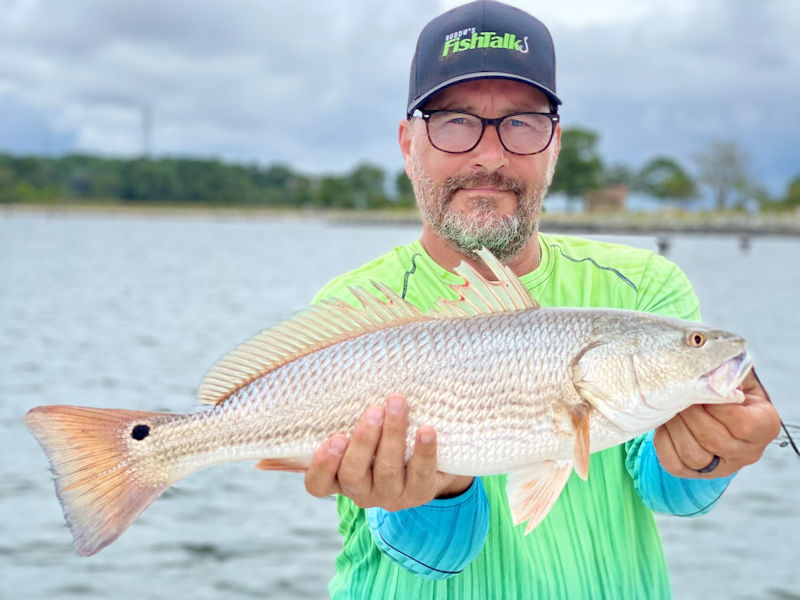In the tranquil estuaries of Maryland’s Chesapeake Bay, anglers experience a connection with nature that is both profound and exhilarating. This cherished environment, with its bountiful game fish and pristine waters, owes much to the unsung heroes of conservation – the trappers. Without their skills in managing invasive species like nutria, these estuaries would face grave ecological threats. Trappers play a crucial role in maintaining the delicate balance of this ecosystem, employing ethical and effective methods to control populations that would otherwise devastate the bay’s natural harmony.
The Nutria Problem
Introduced species often disrupt native ecosystems, and nutria is no exception. Originating from South America, these large, rodent-like creatures found their way into the Chesapeake Bay area, wreaking havoc on the delicate marshlands. Their voracious appetite for vegetation led to severe erosion, threatening the very foundation of this fragile ecosystem. Trappers, skilled in humane and efficient methods, became the frontline warriors in this battle for ecological balance. Their efforts in removing these invasive creatures have been instrumental in preserving the bay’s natural state.
A Legacy of Conservation
Trappers are not just practitioners of an age-old craft; they are custodians of a legacy of conservation. Their knowledge and skills, honed over generations, have become indispensable in the fight to preserve Maryland’s estuaries. By managing invasive species, trappers help maintain the health of fish populations and the overall ecological integrity of the bay. This, in turn, ensures that the estuaries continue to be a haven for anglers and nature lovers alike. The survival and health of the Chesapeake Bay estuaries stand as a testament to their vital role.
The Art of Ethical Trapping
Ethical trapping is at the heart of sustainable wildlife management. Trappers in Maryland are trained to use methods that are humane and considerate of the ecosystem’s balance. This approach not only addresses the immediate problem of invasive species but also sets a standard for future conservation efforts. The skills and ethics imparted to new generations of trappers are crucial for ongoing environmental stewardship. They ensure that Chesapeake Bay, with all its natural splendor, remains a jewel of Maryland’s natural heritage.
Securing the Future
The continuation of trapping as a sustainable and ethical practice is essential for the future health of the Chesapeake Bay estuaries. By supporting this industry and the transfer of knowledge to new trappers, we can safeguard our ecosystems for future generations. This is not just about preserving a sport or a tradition; it is about maintaining the balance of an ecosystem that is vital to the environmental and economic health of the region. The role of trappers in this endeavor cannot be overstated – they are indeed the guardians of the bay.
The serene experience of fishing in Maryland’s Chesapeake Bay estuaries, the thrill of the early morning catch, is in many ways a gift from the dedicated trappers who work tirelessly to preserve this natural wonder. Their role in managing invasive species like nutria is a cornerstone of the ecological health of these waters. As we enjoy the fruits of their labor, it is imperative that we recognize and support their efforts. The future of Chesapeake Bay, its wildlife, and the joy it brings to so many, depends on the continuation of ethical and effective trapping practices. In this endeavor, trappers are not just practitioners but protectors of a legacy that is as rich as the waters of the bay they help preserve.

